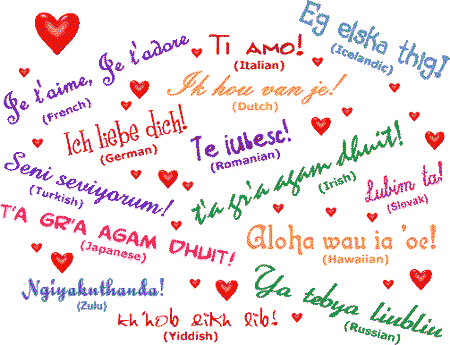
Writers will more often than not follow standard guidelines for writing and formatting documents, known as style guides. They vary considerably depending on the end user’s requirements, and many are unique to a specific country, profession, industry, branch of science or region. As translators are writers, too, it means that a style guide plays a very important role in translation.
Why should there be a set of standards? A style guide provides a system to maintain consistency and quality in measurable terms. It can be regarded as a voice that enables consistency throughout the content. This is the reason why content creators, including translators, rely on these guides so that the message conveyed is unified and consistent.
When several translators are working on a large project, the use of a style guide can be essential to ensure that the voice of the translation remains consistent. Style guides, in essence, serve to portray cultural and linguistic differences and, as such, define the style, direction, tone and voice of a good translation. Translators should always welcome any effort by clients to put in place a style guide, however simple, for the type of translation they want to be delivered.
This means helping the translator understand and identity with the target audience, the specific tone of voice, or register, (formal, informal or colloquial, conversational or straightforward), and any formatting preferences. This should include the preferred use of punctuation, capitalisation, abbreviations, fonts, acronyms or units of measurement. It may even include how addresses, phone numbers and currencies are presented. These are key elements for translators that should be present in any style guide.
Many translators have to use several style guides during the translation process. The European Union has its own standard, so do other agencies such as the World Bank and the United Nations. There are style guides for legal documents, while international organisations define the style guides for scientific and technical communication. It is also important to recognise the different types of English from Australia, Canada, the United Kingdom and the United States and how they should be localised; style guides are essential, in this respect, so that texts can be localised for the target audience.
Document translation is not just about substituting words from one language to another, as many might think; it is a highly specialised profession.

